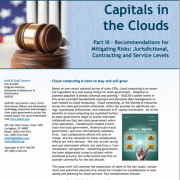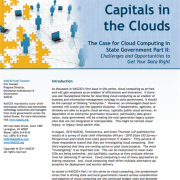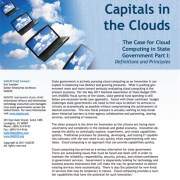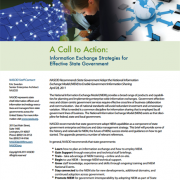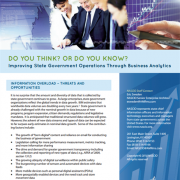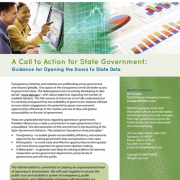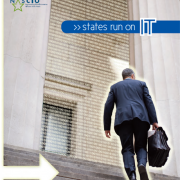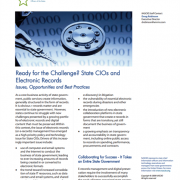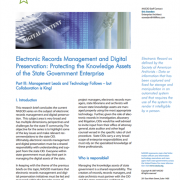Effective Transformation and Integration that can Enable Cross-jurisdiction Collaboration
Enterprise architecture is gaining a new level of interest and investment across all sectors of the economy. The motivation is grounded in gaining competitive advantage, reaching new levels of effectiveness, and creating an enterprise that is well orchestrated to continually transform. This need for a complete enterprise-wide discipline becomes even more critical when organizations “join up” to accomplish some purpose, optimize resources, or simply pursue economies of scale.
There is a demand for enterprise architecture and enterprise architects with a comprehensive view of the enterprise that entails all aspects of the business as well as technology. Universities are responding to this demand through creating courses and complete undergraduate and graduate programs in enterprise architecture.
In this webinar you will receive an overview of Enterprise Architecture as a management discipline, learn about the formation of the Federation of Enterprise Architecture Professional Organizations (FEAPO) and hear about the importance of enterprise architecture discipline in guiding the planning and implementation of cross-jurisdictional collaboratives.
Agenda:
- – The Increasing Importance and Expanding Role of Enterprise Architecture
– Cross-Jurisdictional Collaborations
the important role of enterprise architecture in identifying, evaluating,
planning,
implementing and sustaining cross-jurisdictional collaboratives
– Overview of the Center for Enterprise Architecture at Penn State University
On-Line and On-Campus Academic Programs
Areas of Research
Industry Support
– Overview of the Federation of Enterprise Architecture Professional
Organizations
Establishing the Profession of Enterprise Architecture
– Questions
Speakers:
Guest Presenter:
Brian H. Cameron, Ph.D.
Executive Director, Center for Enterprise Architecture
Program Director, Master of Professional Studies in Enterprise Architecture
College of Information Sciences and Technology
The Pennsylvania State University
316 IST Building
University Park, PA 16802-6822
814.865.8713 office
http://ea.ist.psu.edu/
Founding President
The Federation for Enterprise Architecture
Professional Organizations (FEAPO)
http://www.feapo.org/
Affiliate Faculty Member
Center for Supply Chain Research
http://www.smeal.psu.edu/cscr
Host:
Eric Sweden MSIH MBA
Program Director, Enterprise Architecture & Governance
National Association of State Chief Information Officers (NASCIO)
Files:

